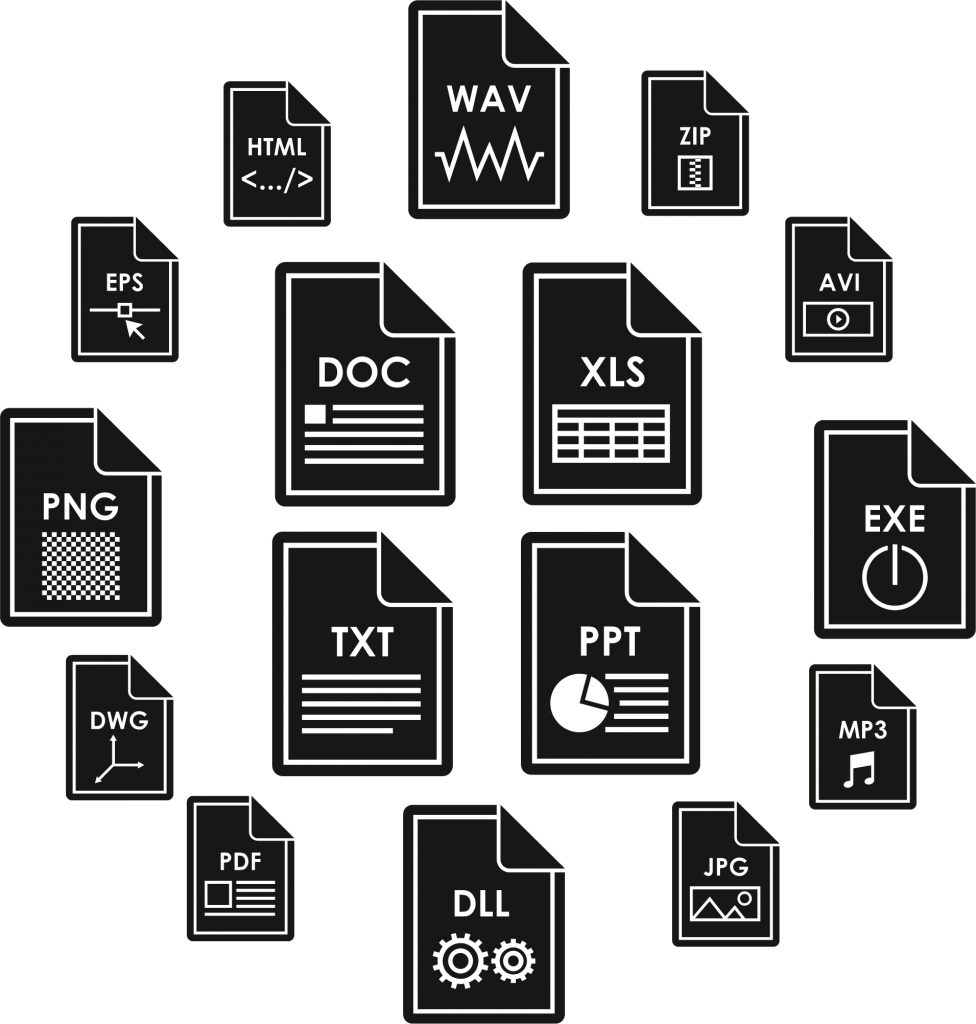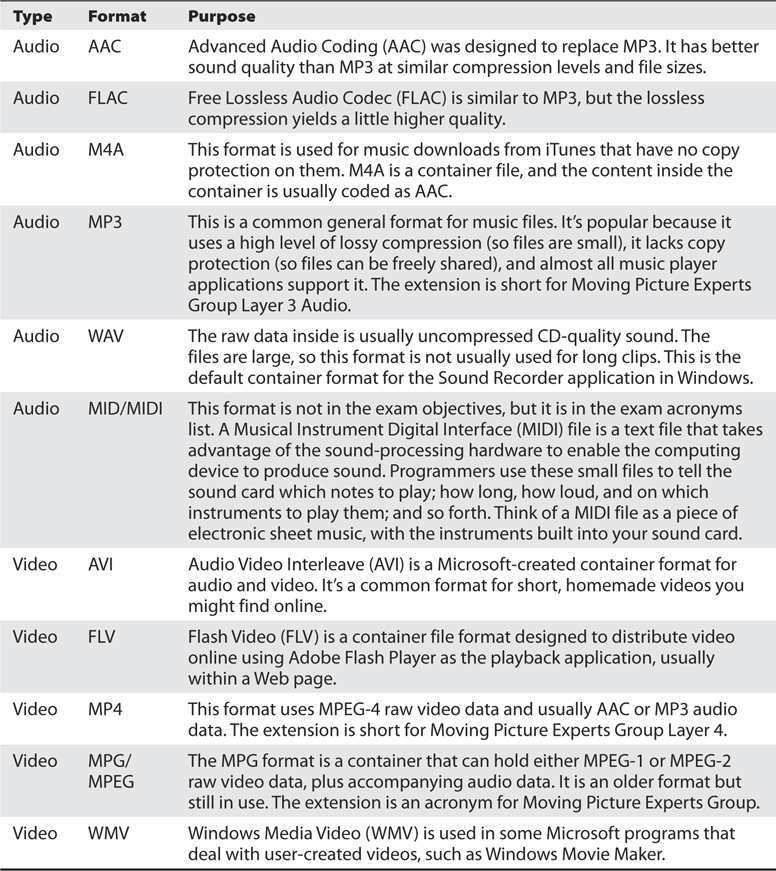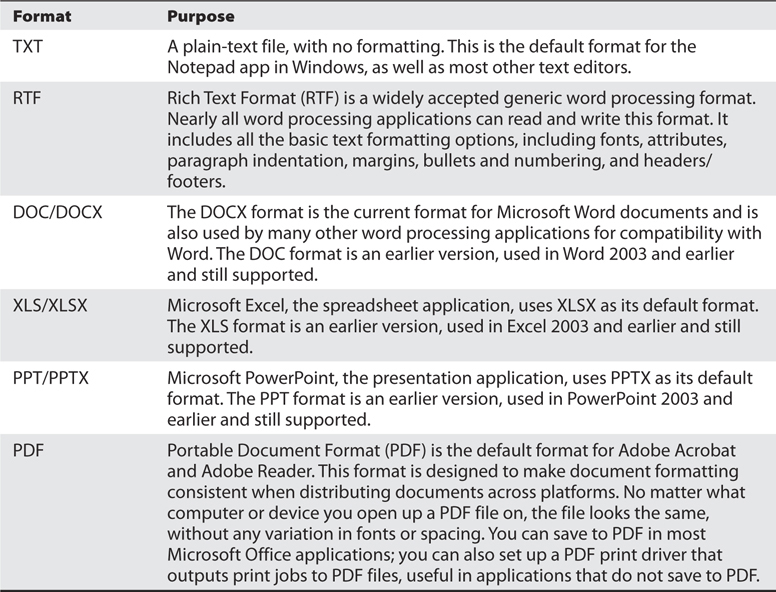A quick guide to follow when providing print files to your local printing company.
In this blog, we are going to examine the different file types that are being used in today's digital industries. With so many files types available it's hard to keep track of their purpose, you may be able to view and open but that doesn’t mean that it is mostly compatible for your intent. Let’s take a closer look at the many formats that entail a digital files purpose so you don't have to run into a digital disaster.
-
Executable Formats (.app/.bat/.msi/.scexe)
-
Compression Formats (ZIP/JAR/RAR)
-
Audio and Video Formats (MP4/MPG/WMV/AVI/AAC..)
-
Image Formats (PNG/BMP/GIF/TIF)
-
Document Formats (TXT/RTF/DOC/XLS/PDF/PPT)

Let us breakdown these categories and explain the purpose of each file.
Executable Formats
-
(of a file or program) able to be run by a computer.
These Files known as executables are identified to run and install upon click or through proper commands. An Executable consists of various programs, whether it is an OS update, (Operating System) an application or an installation package.
[caption id="attachment_268" align="alignnone" width="776"]

Table: Different Common Executable Formats[/caption]
Compression Formats
1. The action of compressing or being compressed.
This format is known for having multiple versions of compiled files within one single compressed file. This method is recognized as an easier and safer way to distribute and transport when handling sensitive data for projects. For example, say I was to send multiple high-quality images that are huge in MB size and I need to send for an important project. I can compress these images which safely ensures fast transport without losing images.
[caption id="attachment_266" align="alignnone" width="776"]

Table: Common Compression file formats and their purposes[/caption]
Audio and Video Formats
-
An audio/video file format is a type of file format used for storing digital audio/video data in a digital file.
This format usually contains files that have audio (voice recordings, music or audio books) and video (movies, music videos, presentations, TV shows). Today the way we listen and watch the audio/video it can be either downloaded from the web or transferred digitally.
[caption id="attachment_265" align="aligncenter" width="776"]

Table: Different Audio and Video Formats and their purposes[/caption]
Image Formats
-
Digital data in one of these formats that can be rasterized for use on a computer display or printer.
Any form of an image still or moving can be categorized in one of these image formats. Such as photos, drawings, gifs along with their purpose and when to use.
[caption id="attachment_269" align="alignnone" width="776"]

Table: Different Image formats and their purposes[/caption]
Document Formats
-
A document file format is a text or binary file format for storing documents on a storage media, especially for use by computers.
This particular format is used most commonly in a work/school environment where your text files, spreadsheets, presentations, and page layouts are applied.
[caption id="attachment_267" align="aligncenter" width="776"]

Table: Different Document Formats and their purposes[/caption]
Thank you for reading & hope you find this resourceful!
Don't forget to contact AlphaGraphics, your local print shop, for any requests or guidance on your future printing needs!